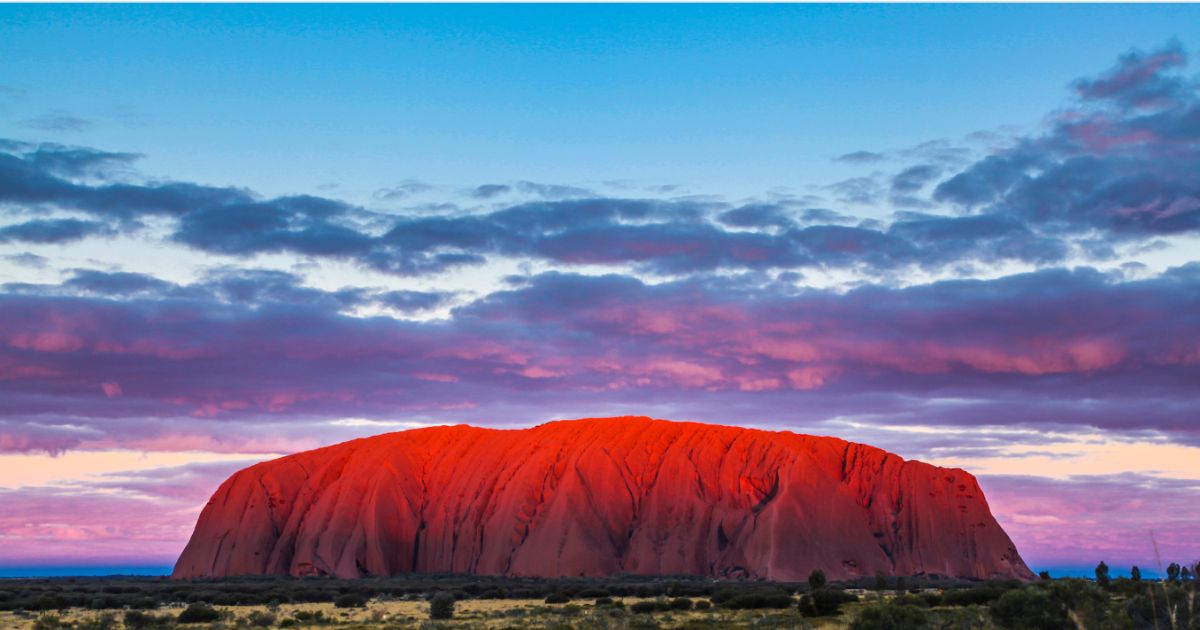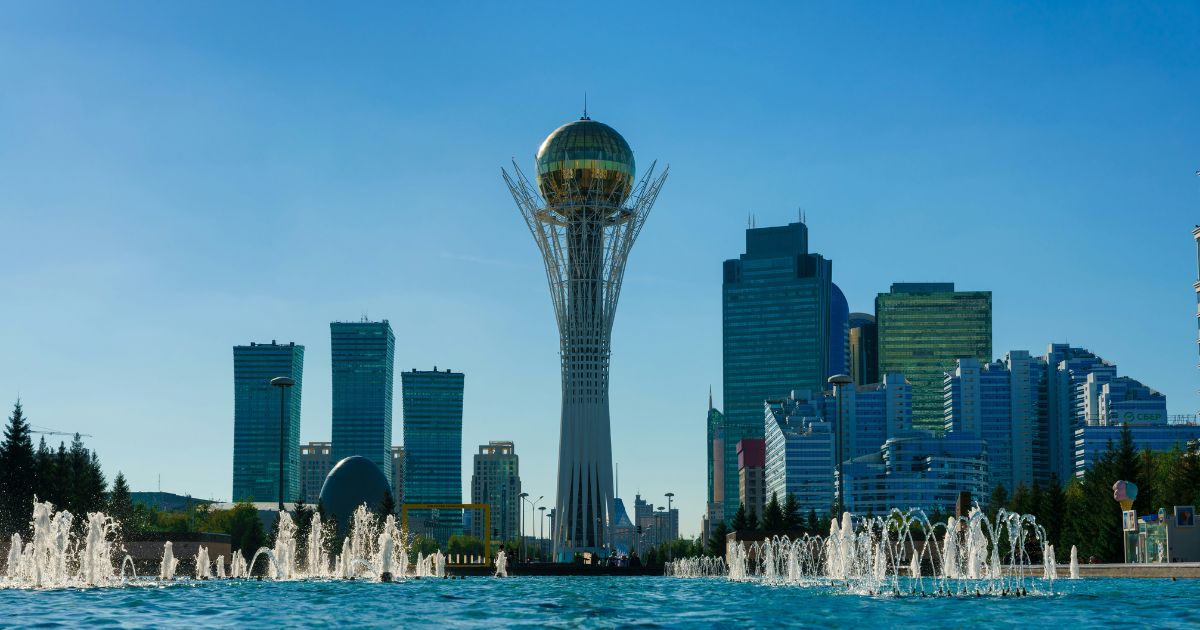The traditional owners of Uluru Kata Tjuta National Park are celebrating 40 years since they handed it back to the local people.
The land giveback on 26 October 1985 marked the first time the importance of Aboriginal Land Rights in Australia was acknowledged, and a strong acknowledgement of the longstanding relationship between the First Nations people and the Country.
The most iconic landscapes in the central part of Australia are Uluru and Kata Tjuta, featured in the UNESCO World Heritage list, and have been the sacred sites of the Anangu people for thousands of years.
They had been called by other names over several decades, with European explorers calling Kata Tjuta Mount Olga, and Uluru Ayers Rock after the Chief Secretary of South Australia, Sir Henry Ayers.
Celebrations kick-off
In the official commemorations, a group of Anangu traditional owners has been taken to London to meet with the High Commissioner to the UK, Stephen Smith, and King Charles.
Prime Minister Anthony Albanese and Governor-General Sam Mostyn were some of the people who attended the celebrations at Uluru.
Thunderstorms were hours spent at Uluru at the beginning of the day on Saturday, the rain falling down its sides in cascades, and mercilessly wetting the rock.
In Uluru-Kata Tjuta National Park, Albanese informed the reporters that it was a great honour to be the first Prime Minister to be present at a celebration of the handover of a symbol that symbolised Australia globally.
“It was a special place of beauty and spiritual importance to the Anangu people”, but he said “whoever visited there was aware of just how important a very sacred site was.”
The Prime Minister stated that the Anangu people had been generous in accommodating visitors to Australia and the world in general.
The celebratory events, which have taken place on 25th October at the sunrise viewing site, Uluru, are characterized by traditional dance performances, a concert by local and national musicians, an art exhibition, and arts and crafts stalls.
Mostyn will then reveal a plaque on the 40th anniversary of the handback on Sunday.
Historic handover
In 1985, the traditional owners of Uluru were present at the centre of a historic occurrence, which was announced by the then Governor-General Sir Ninian Stephen.
The handback was a historic event in the history of Aboriginal land rights in Australia and an immense awareness of the longstanding relationship between First Nations and Country.
It was a culmination of years of lobbying by the Central Land Council and Pitjantjatjara Council to acknowledge the rights of the traditional owners, which the Northern Territory government had forcefully opposed.
In 1985, the chief minister Ian Tuxsworth suggested that the territory government ought to be in control, and that ownership be determined by the commissioner of the land court of the territory, despite the fact that Uluru had been removed as an exclusion under the Aboriginal land rights act in 1977 when it became the Uluru-Kata Tjuta national park.
At the time he said that, “That commissioner has already decided that Uluru is not claimable, and he has made no decision that there are even such things as traditional owners of the Uluru area.”
“Now, until those things are cleared out, we are saying that the Aboriginal Land Rights Act has been compromised and modified to suit political convenience.”
The title had therefore been lobbied by the territory government to be handed over to them, and according to the National Museum of Australia, this would have led to a lesser title of the Anangu and a lack of control in the management of the park.
This was not the opinion of the Hawke government or the governor-general.
Stephen assured that this would be corrected through the handback, and they agreed to lease the park to the government by the traditional owners.
He said, “The trust by the deed to be delivered today acquires inalienable Australian law, in this place which is so special to the members.”
“And concurrently, the Trust, being conscious of the particular importance of Uluru to every Australian, and the suitability of it remaining an Australian national park, will today lease it back to the Australian National Parks and Wildlife Service as a national park.
Uluru has been listed on the UNESCO World Heritage List and is among the most identifiable natural sites in the world.”
It is one of the most popular tourist sites in Australia, with millions of people coming to visit it every year.




